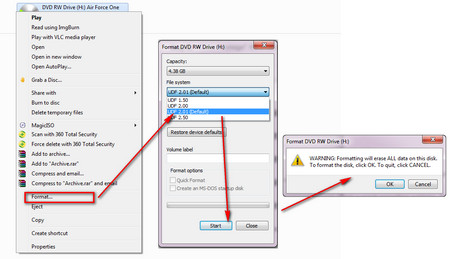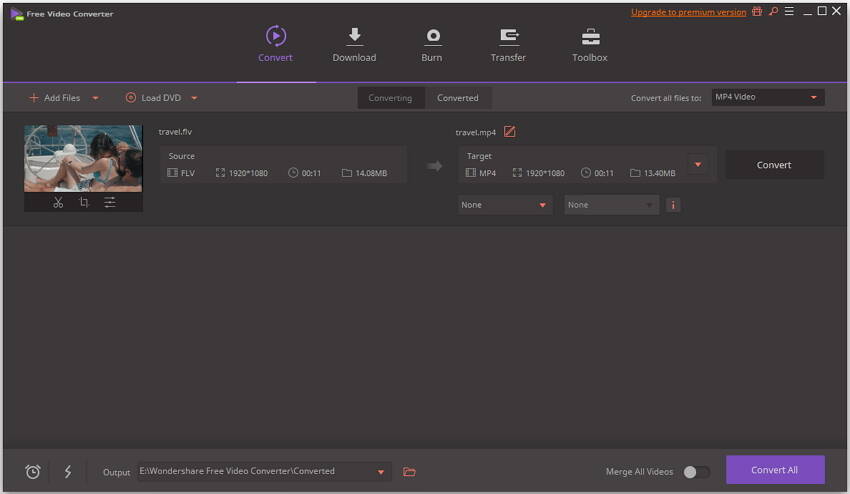


Usually ac3 uses 64 or 96 kbps per audio channel. If the audio track it is not an acceptable ac3 file then you have to encode it. $ mencoder movie.mov -alang en -ovc frameno -of rawaudio -oac copy \ If your input file already has an ac3 encoded audio track (with an acceptable bitrate, sample rate and frame rate) you should not encode it again. Selected audio codec: afm: liba52 (AC3-liba52) In order to know your input file audio codec, you can use mplayer, here is an example of a file with a fine audio track:ĪUDIO: 48000 Hz, 6 ch, s16le, 448.0 kbit/9.72% (ratio: 56000->576000) While the heavy constraints of the video makes it almost impossible to find a video track without need of encoding, it is fairly common to find files with an ac3 track. The audio and video total bitrate cannot be greater than 9800 kbps so every audio track reduces the bitrate for the video, but it should not be a problem since a maximum of 8264 kbps (9800 - 1536) of video bitrate is enough. You can have mono, stereo or 5.1 audio tracks. A DVD video can have up to 1536 kbps of audio information, but for each audio track the limit is 448 kbps.

The audio tracks are encoded using the Dolby Surround AC-3 Digital codec with a sample rate of 48000Hz. If the disk includes more than one movie, you can select one using the chapter function of the DVD player. We will begin by creating a simpleĭVD that autostarts when put in the DVD player, without any menu.
#CONVERT UDF TO DVD FORMAT MOVIE#
5.2 Extracting subtitles from another DVDįor this example, every movie on the DVD has one video track, at least one audio track, and possibly includes subtitles.


 0 kommentar(er)
0 kommentar(er)
